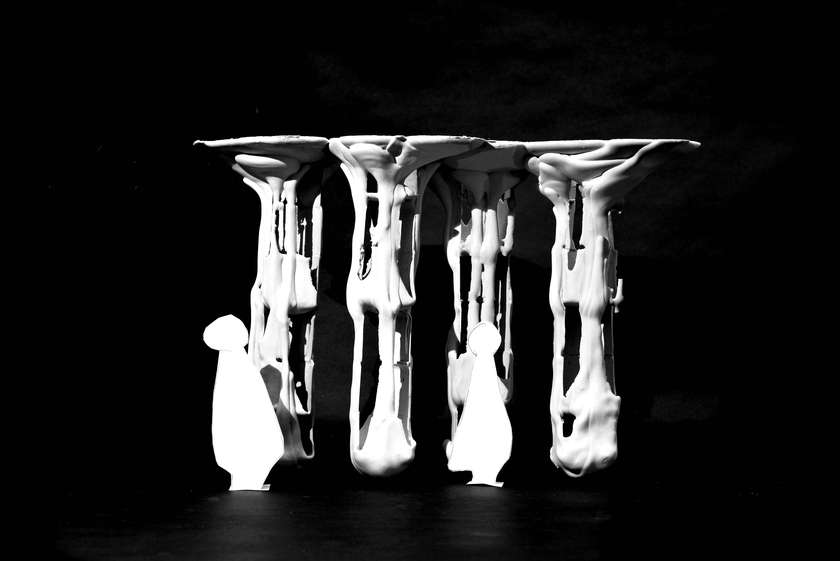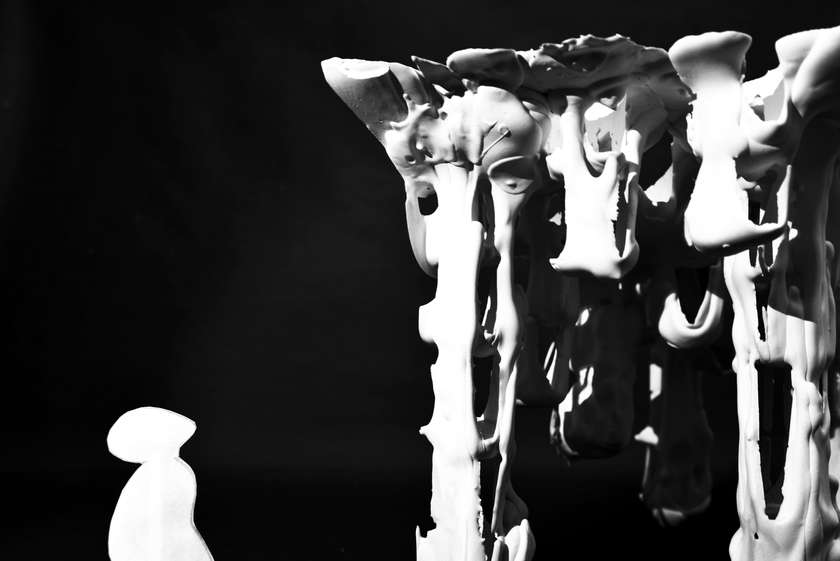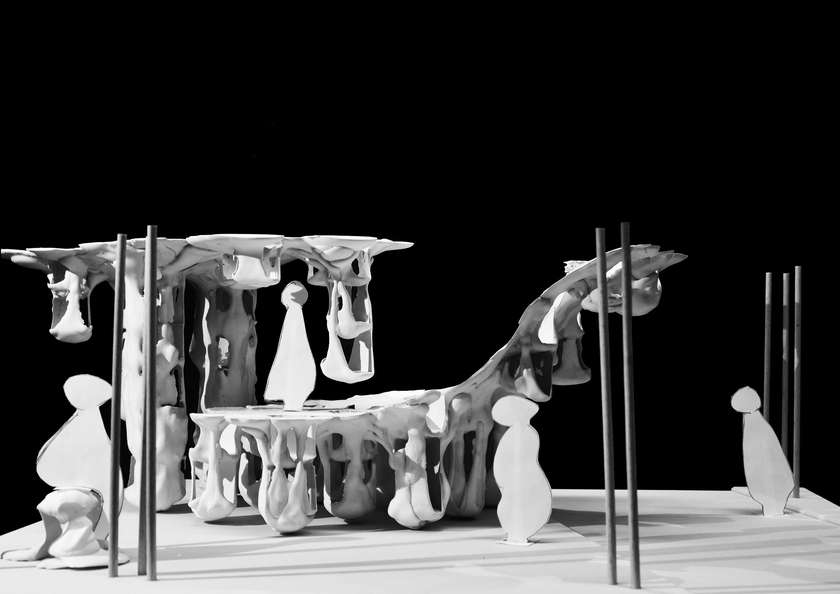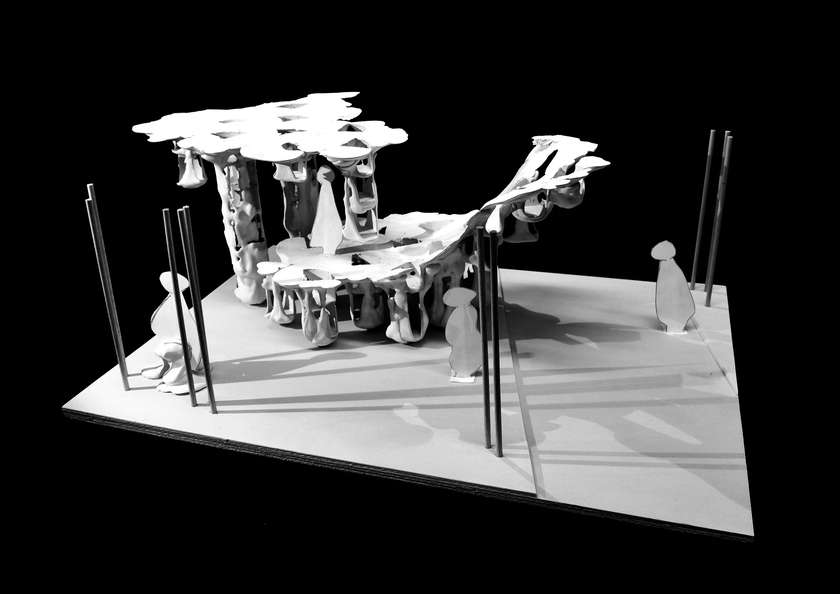Idea by
Wu Kai Xun
Wu Kai Xun
https://www.flickr.com/photos/133526123@N04/
Call for ideas 2016
Fluidity Formation
Fluidity Formation
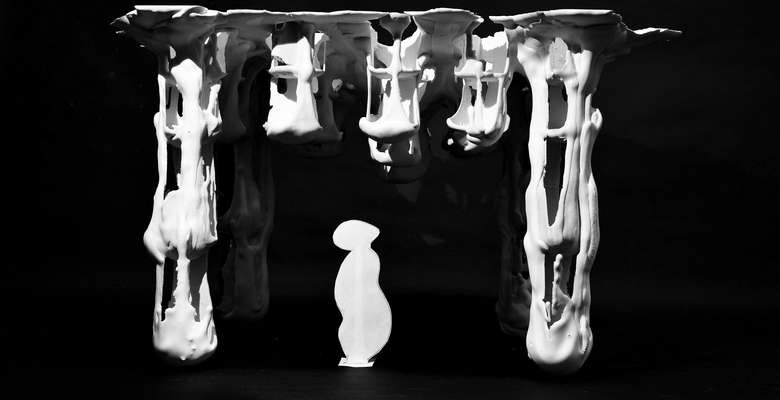
When we talk about the future of architecture, we need to start to rethink our way of architectural design. "What does form mean to architecture?" "What is the relationship between form and material?" Material creates form, and form is created by material casting. Then, I want to arise another question: What if we liberate material and let material creates form itself?
According to different melting points, wax will be melted and plaster stays in a certain temperature by heating. I find that there is possibility to involve the two materials together as fluidity formation research.Then the whole formation process is in three stages:
1, Create wax as mold.
2, Mix plaster with water and pour plaster on wax.
3, Heat, wax melted, plaster left.
This strategy gives new possibility to fluidity formation not only as a new form but also as a potential future architecture space.
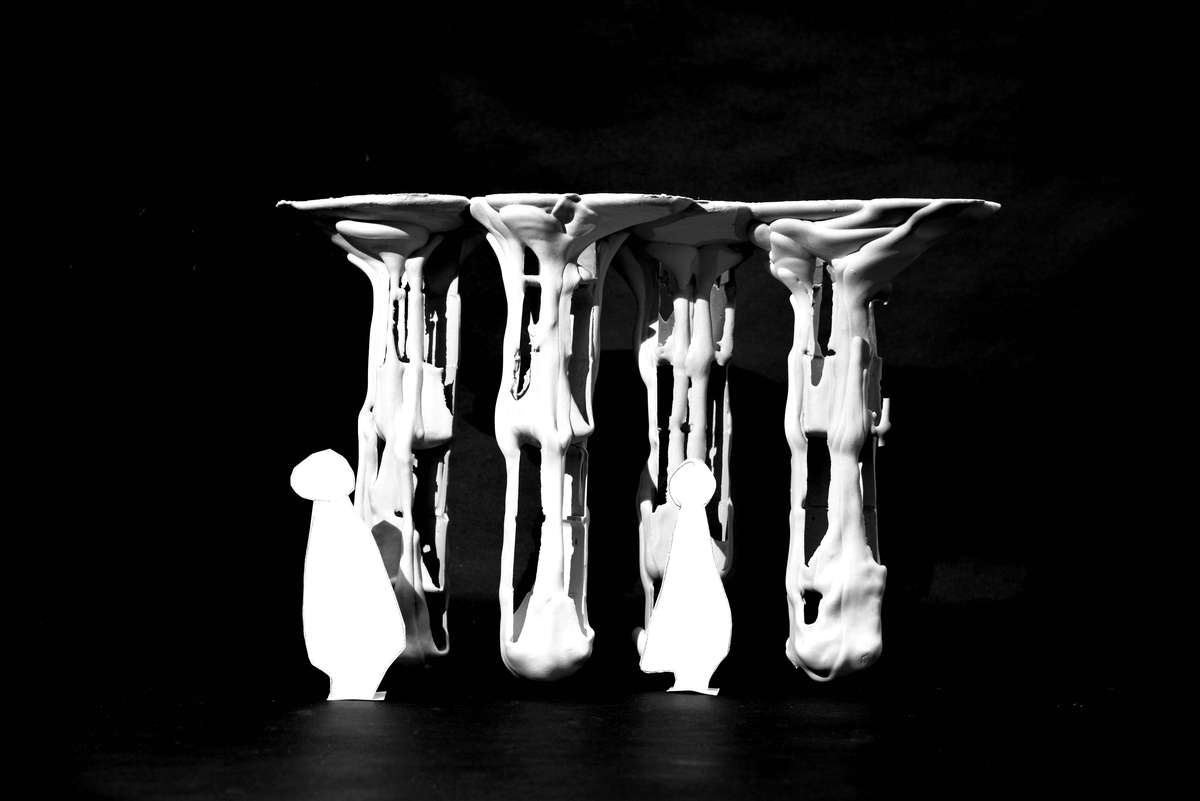
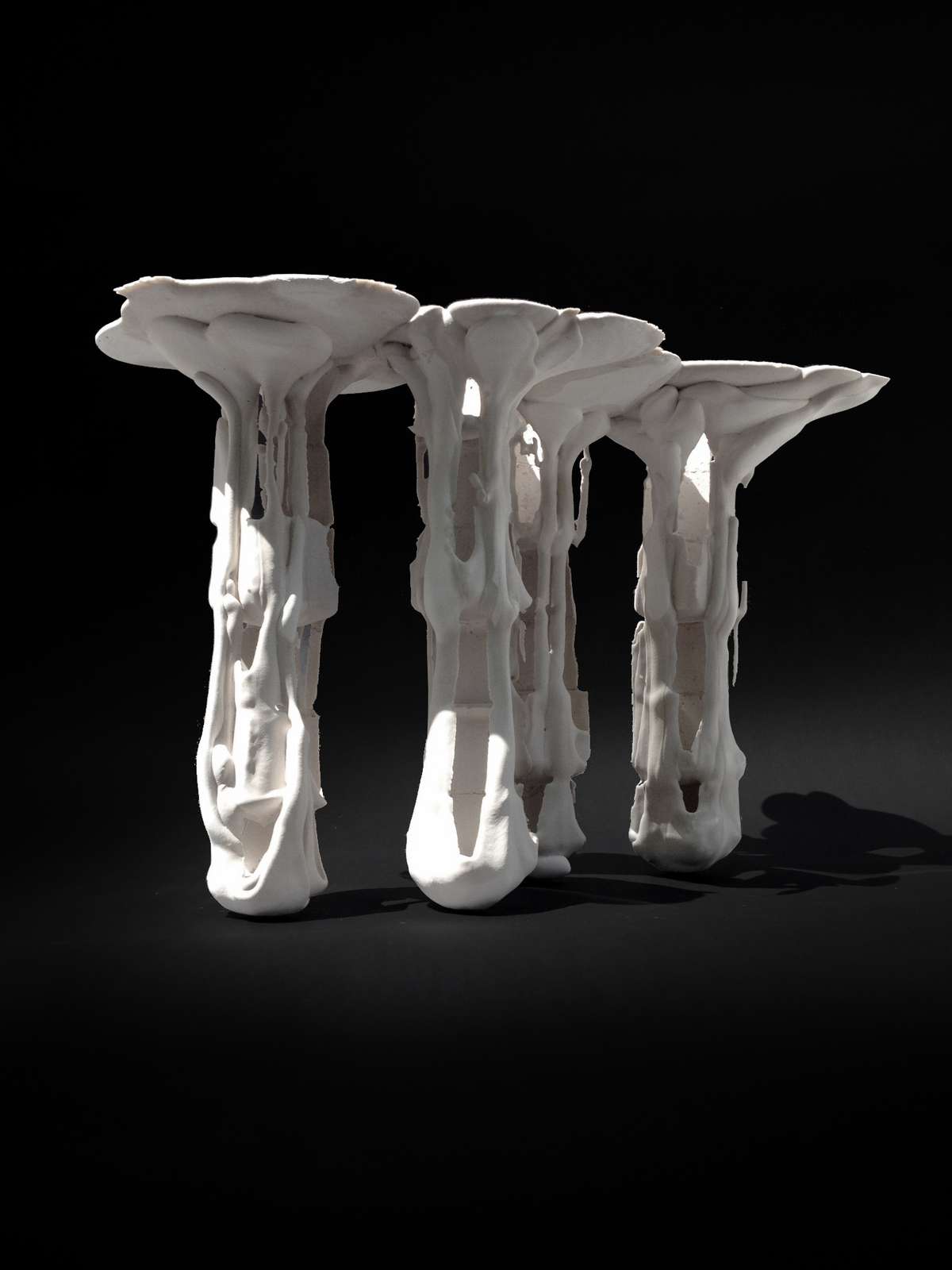
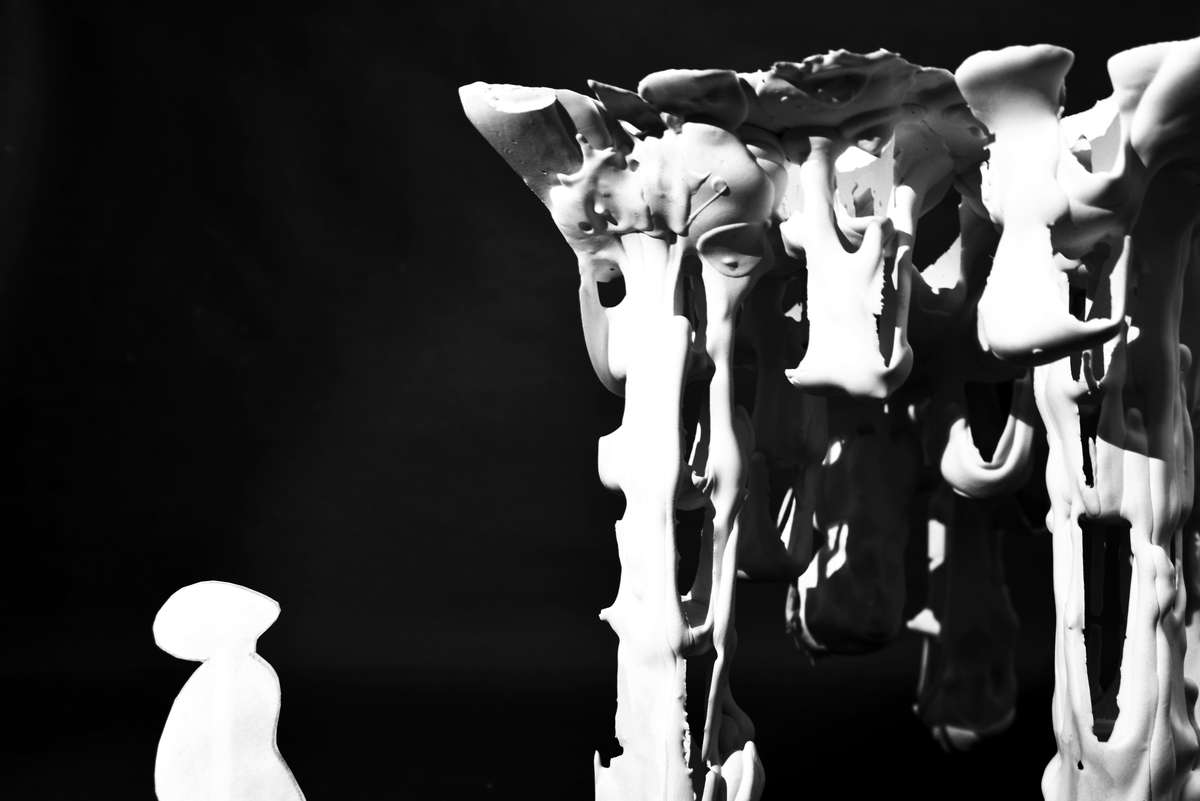
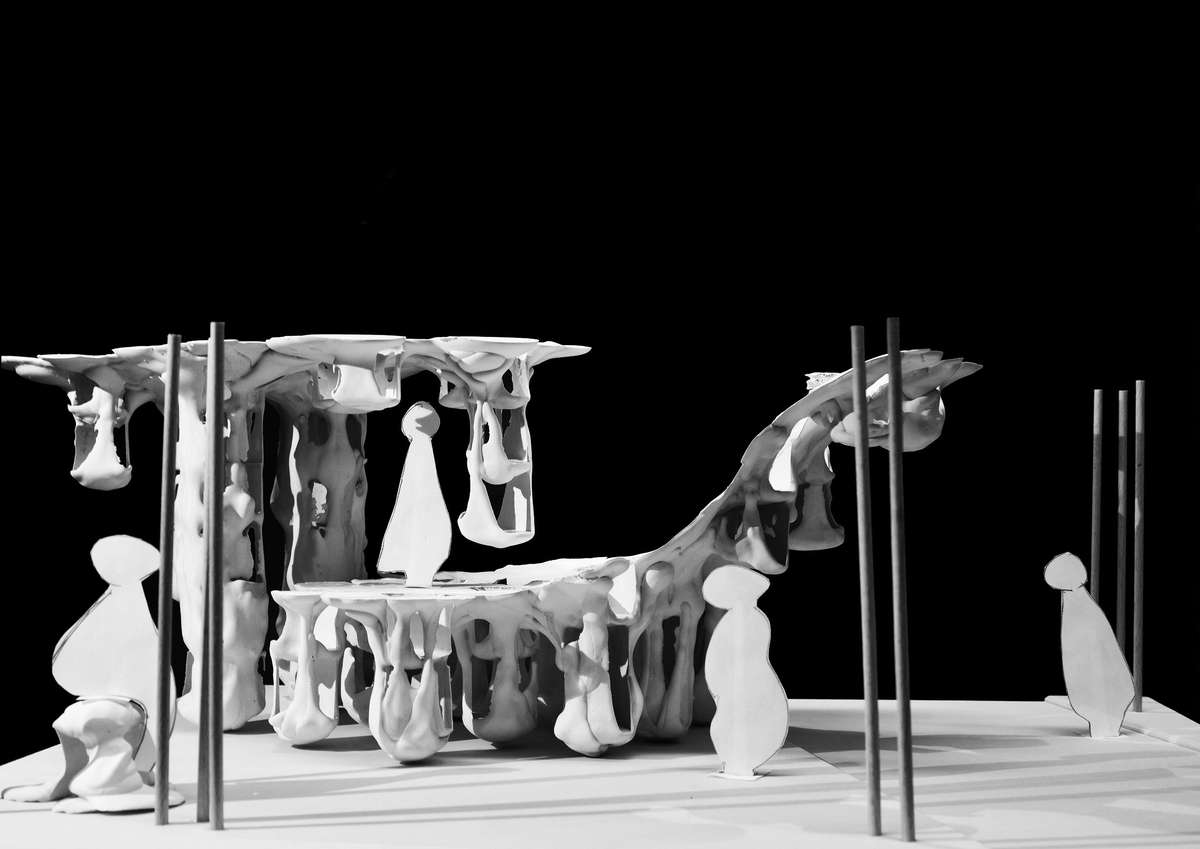
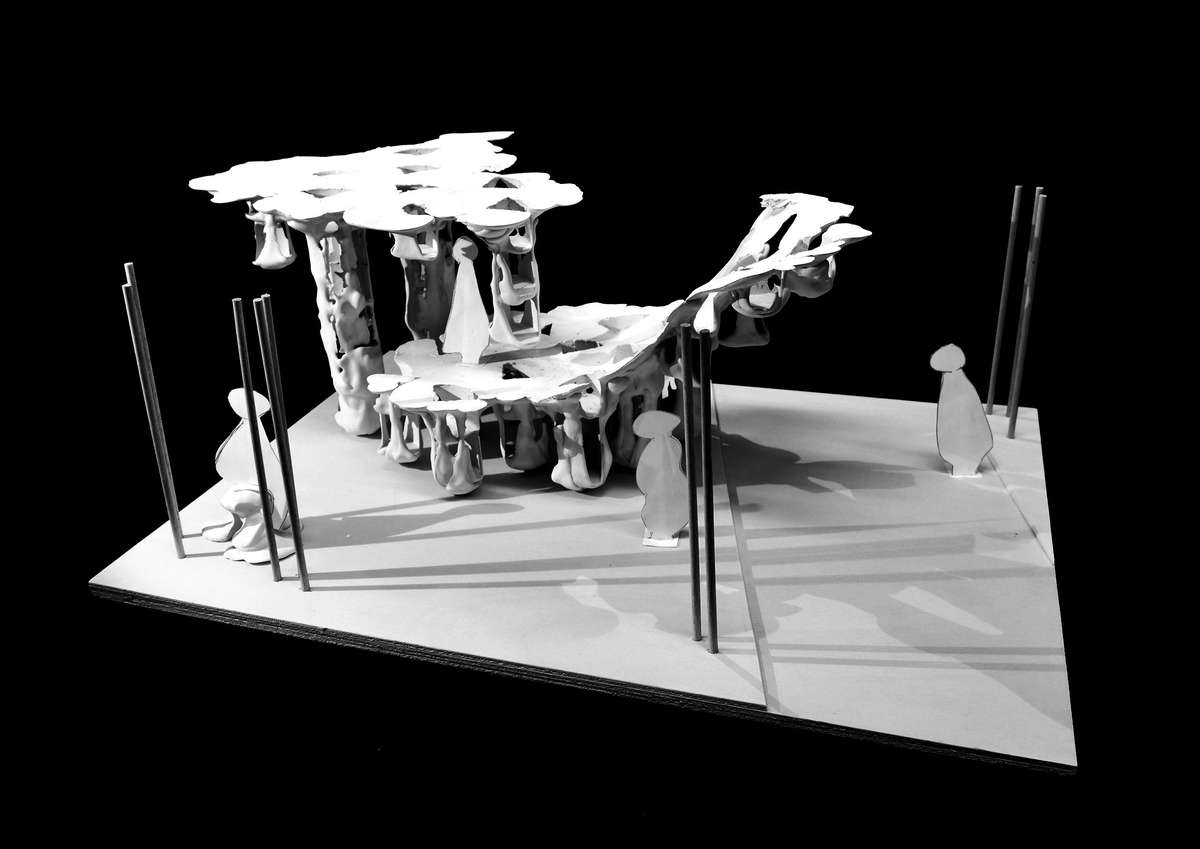
Fluidity Formation
Fluidity Formation

When we talk about the future of architecture, we need to start to rethink our way of architectural design. "What does form mean to architecture?" "What is the relationship between form and material?" Material creates form, and form is created by material casting. Then, I want to arise another question: What if we liberate material and let material creates form itself?
According to different melting points, wax will be melted and plaster stays in a certain temperature by heating. I find that there is possibility to involve the two materials together as fluidity formation research.Then the whole formation process is in three stages:
1, Create wax as mold.
2, Mix plaster with water and pour plaster on wax.
3, Heat, wax melted, plaster left.
This strategy gives new possibility to fluidity formation not only as a new form but also as a potential future architecture space.
